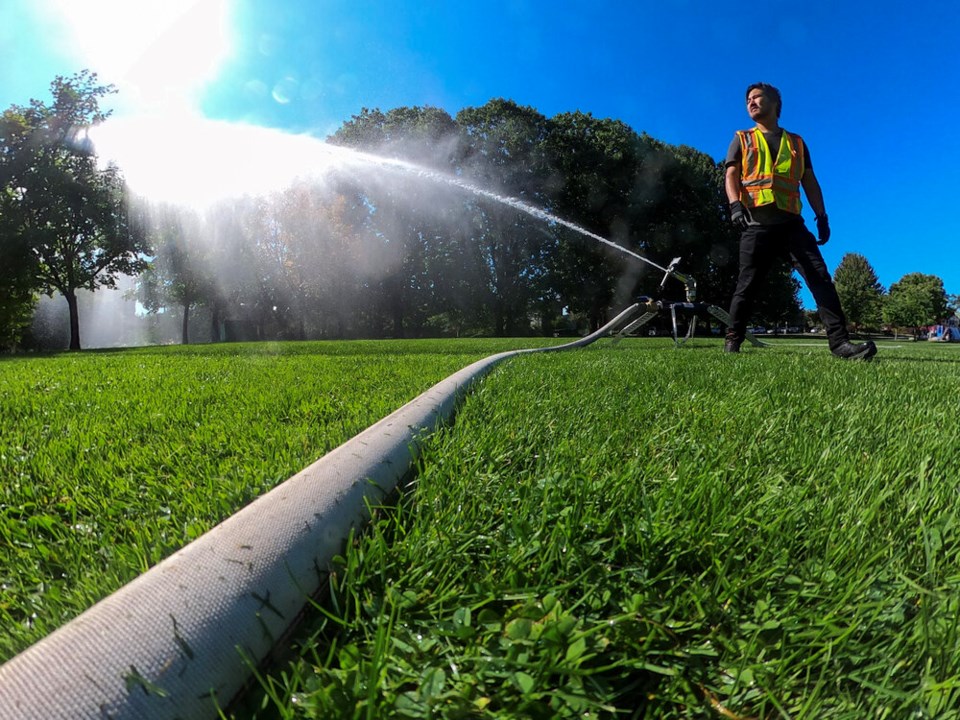A new study tracking nearly 30,000 young children across Metro Vancouver has found living near green spaces improves a kid’s chances of hitting key developmental milestones, including emotional maturity, language skills and even general knowledge.
The UС����Ƶ study collected five years of satellite data on nearby green space, as well as exposure to traffic-related air pollution and community noise for 27,372 children across Metro Vancouver.
As the children neared the end of kindergarten, the UС����Ƶ researchers compared that data with a survey teachers use to measure the achievement of early childhood development milestones.
The results, recently published in , found that living near green spaces could improve childhood development, partly by reducing the negative effects of air and noise pollution — both have been found to increase stress, sleep disturbances and central nervous system damage in children.
Researchers found most of the children in the study had good developmental outcomes.
“But what’s interesting is that those children living in a residential location with more vegetation and richer natural environments showed better overall development than their peers with less green space,” says lead author Ingrid Jarvis, a PhD candidate in UС����Ƶ’s department of forest and conservation sciences.
Past research has found that access to green space can promote a huge range of positive health outcomes for all ages, from increased physical activity and social cohesion to reduced rates of ADHD, cardiovascular disease and dementia. Other research has found similar benefits when people regularly expose themselves to bodies of water, known by some as "."
Increased density of trees can also create a buffer for extreme heat, and in the winter, act as a thermal blanket that will reduce heating bills should a deep freeze set in. But how green spaces are distributed across the Metro area can reveal some huge inequalities.
Of the 569 British Columbians who died from extreme temperatures during late June’s heat wave, more were killed in low-income areas, where people lived alone and with little green space. On Vancouver's Downtown Eastside, Canada’s poorest neighbourhood, , with more people admitted to emergency rooms due to heat than anywhere else in the city.
Scientists know how trees protect us from heat. But how more access to green space makes people healthier over the long-term is less clear.
“Instead of saying green is good, we’re providing more concrete pathways,” Jarvis tells Glacier Media.
Jarvis says the research shows that every day “micro-contacts” with nature can have a positive effect on a child’s long-term physical and mental health.
More research is required to understand what dose of green space acts as a threshold to cancel out the harmful effects of noise and air pollution. But pollution also doesn’t account for all the positive outcomes green space offered the kids in the study.
Jarvis’s advice for parents: “If you have a nearby park or green space — visit those.”
And if you don’t have a park nearby, she adds, pushing local governments for urban policy interventions that plant more trees and other green spaces is key to children’s health.
“Having this information is really important if you are a citizen and have a vote,” says Jarvis.
The UС����Ƶ researcher has sent the study's findings to Metro Vancouver, where it will be distributed to all 21 jurisdictions and various committees.




